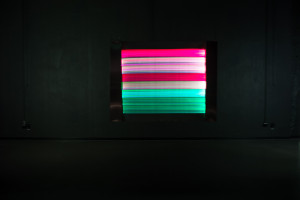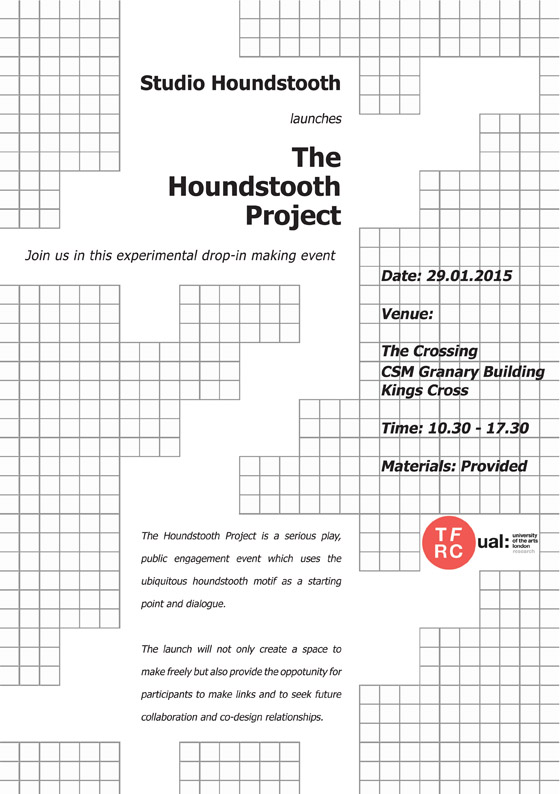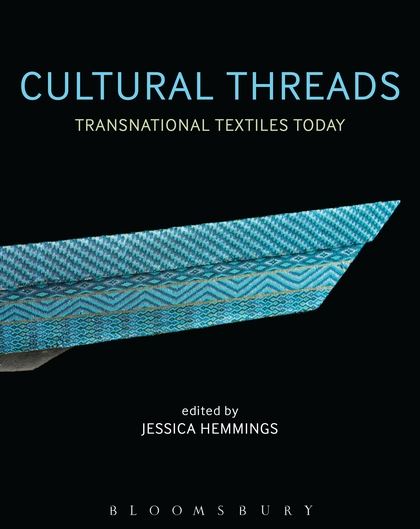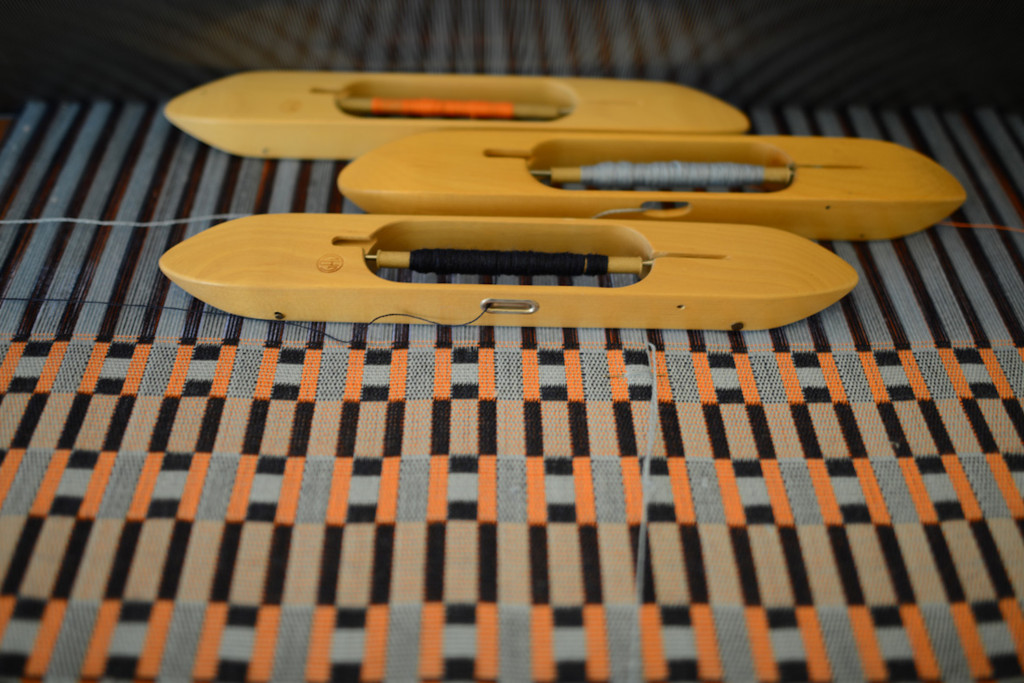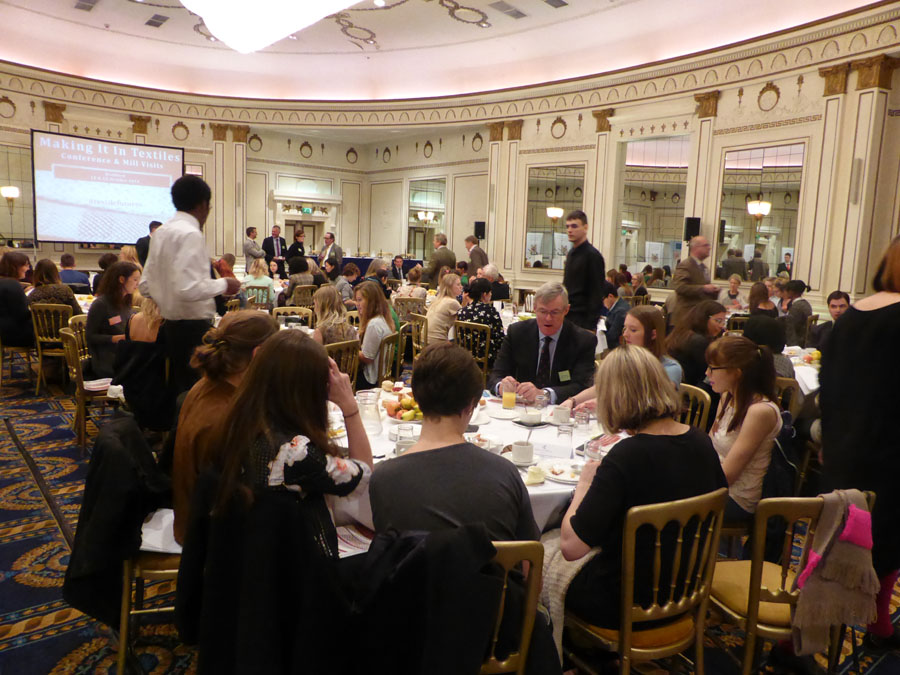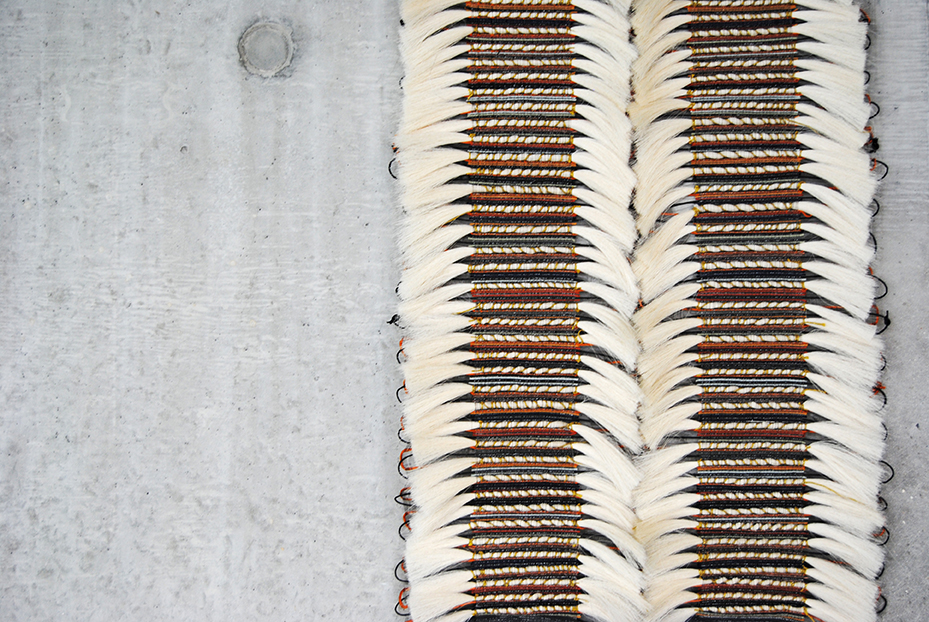 London Craft Week  6 – 10th May 2015 is a new annual, not-for-profit event which showcases exceptional craftsmanship through a journey-of-discovery programme featuring hidden workshops, celebrated makers, other lesser known makers and highly specialised skills alongside famous shops, galleries and luxury brands.
London Craft Week  6 – 10th May 2015 is a new annual, not-for-profit event which showcases exceptional craftsmanship through a journey-of-discovery programme featuring hidden workshops, celebrated makers, other lesser known makers and highly specialised skills alongside famous shops, galleries and luxury brands.
Founded on the ethos of making, London Craft Week aims to put craftsmanship at centre stage of the world’s creative capital by introducing the talent, people and techniques behind beautifully made things to a wider audience. They will be able to experience craft not just as static branded objects in smart shops but understand the context of how they were made, why they are special and even have a try themselves.
Weavers involved in London Craft Week include :
Daniel Harris, who set up The London Cloth Company in 2010, has single-handedly sourced, rebuilt and restored numerous power looms of historical significance dating from as early as 1870 to 1970. Since then the London Cloth Company has grown into a renowned international brand, supplying a range of cottons and woollens to top designers. He will set up a power loom and be weaving at DAKS, 10 Old Bond Street, London W1S 4PL, on May 7th 2015 from 10.30am – 17.00
London Cloth Company image credit: Beth Saunders Continue reading →

 Barbara Jansen will be displaying two projects (physical prototypes): “rhythm exercise” and “Sinus 64 + blue” at
Barbara Jansen will be displaying two projects (physical prototypes): “rhythm exercise” and “Sinus 64 + blue” at 